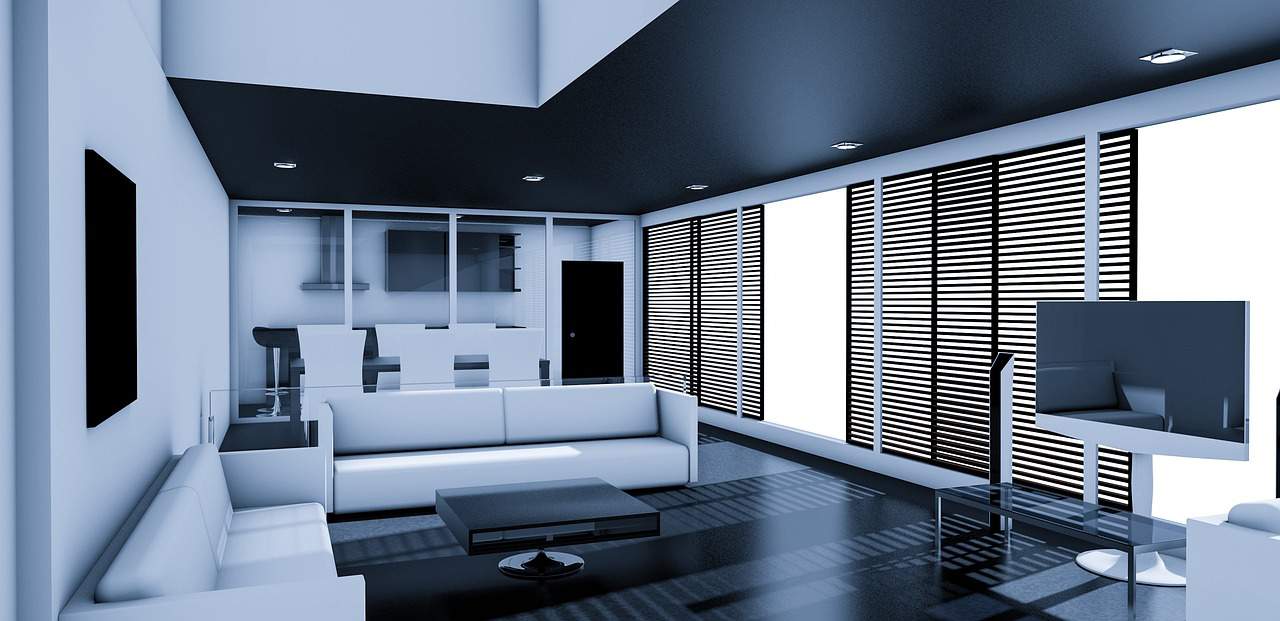
Building Information Modeling has proved to be a revolutionary technology. Not only has it helped in promoting collaborative technology but also lowered the risk of any communication problems. Several challenges in the industry can be easily resolved using BIM.
BIM has helped in making all processes well-coordinated and improved the construction industry. With the implementation of virtual 3D communication, this new technology aligned the project delivery system in a proper manner.
Tips to Level Up Potential of BIM
BIM can play an important role in streamlining the flow appropriately. With successful implementation, it can help in saving time and reduce any wasteful errors. It will also expand the design possibilities.
Some of the key ways to level up the potential of BIM are as follows:
1. 3D Printing
The inclusion of 3D technology has made it easier for professionals to make proper designs. This will ensure the building is ready within a short time without any loss of materials. 3D printing can be used in BIM for the swift development of a prototype, allowing the stakeholders to leverage the construction projects.
3D printing can also assist in creating 3D modeling for the process of BIM. The digital files can be created using thin layers. With the help of this technology, all team members can collaborate on a project and make changes. They can get an idea of how the project would look in its physical form.
With the help of 3D printing, the teams can easily analyze the functions and dynamics of the structure. These were some of the major challenges faced by BIM earlier. With the help of 3D printing technology, things are now able to evolve faster for AEC professionals. The architectural BIM services can therefore benefit the most from this technology.
2. Augmented and Virtual Reality
In the architectural industry, BIM plays an important role in bringing significant changes across Augmented and Virtual Reality. It will allow for easy presentation and evaluation.
In the coming times, AR and VR technology will enhance the modeling process across the BIM industry. It will allow the stakeholders to keep track of the visuals. With the help of this technology, the installers can present an interactive model.
You may work with BIM outsourcing services to help manage AR and VR. This will eventually help in speeding up the process without any risk of clashes across projects.
3. Internet of Things
Using the Internet of Things (IoT) can be of great help, especially in the project installation process. This will help in simplifying the data across management. With the availability of IoT devices, businesses will be able to capture real-time data.
The data would play an important role in the augmentation of the design process. It can assist in the process of ready-to-order model designs. The implementation of IoT devices will only help to simplify the process from beginning to end. It will also help in capturing the data appropriately.
4. Cloud Software
Cloud software and mobile applications are on the rise, especially for the BIM segment. It can also be extremely helpful for the AEC sector. The use of cloud software in the BIM sector will allow for capturing time-related data across the designing phase.
Cloud software and mobile apps will make it easier for teams to collaborate across the projects. This will help in simplifying the model-sharing process. Furthermore, cloud software can also help to reduce time wastage and effort. As a result, project collaboration and communication will become significantly easy.
Conclusion
BIM with newer technologies is at an all-time rise and can ensure the smooth functioning of businesses. Some different aspects and technologies can be clubbed with BIM. It is important to connect with professionals across the industry for better results. BIM and the latest technologies can work efficiently and make it easier for everyone involved.
Also read:


